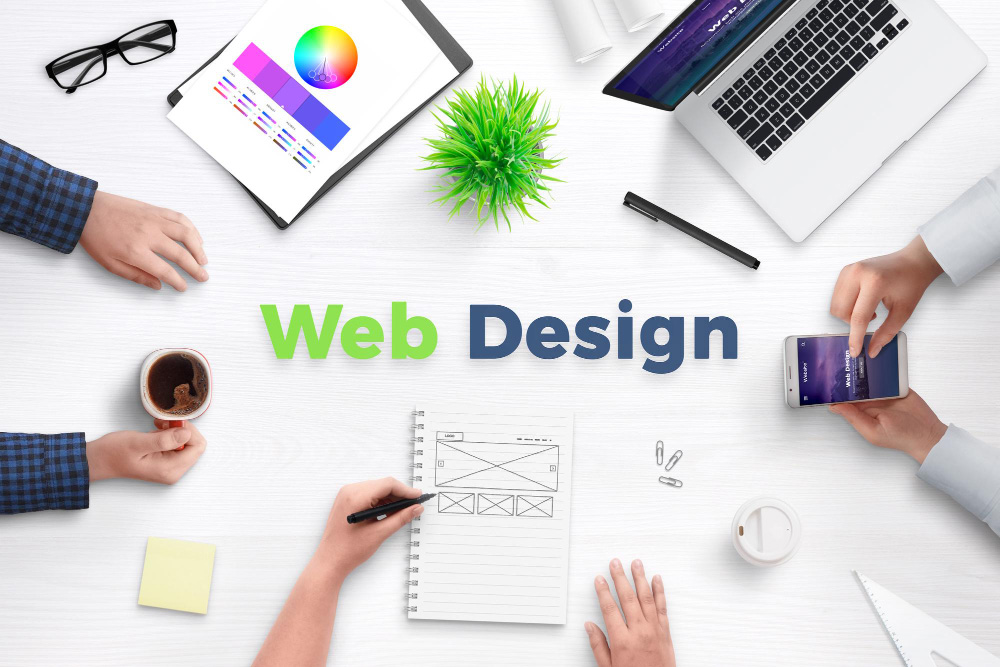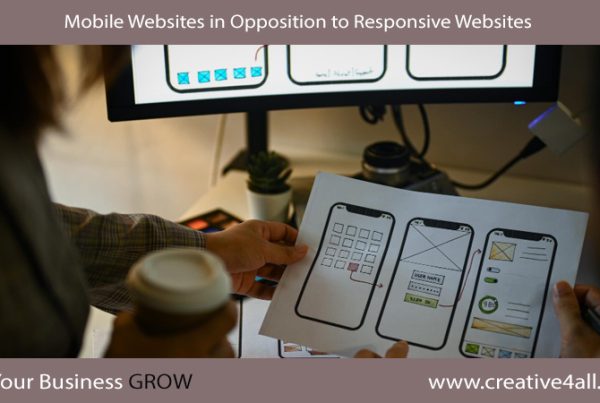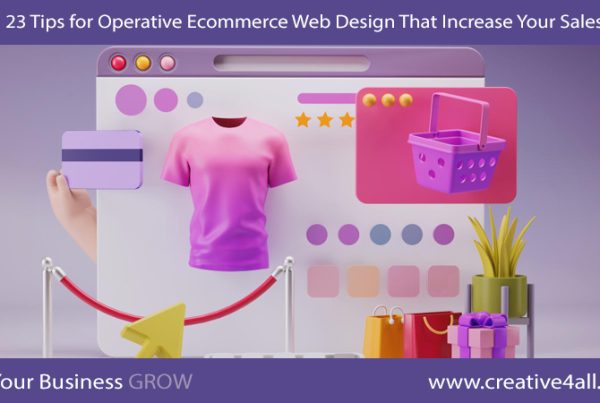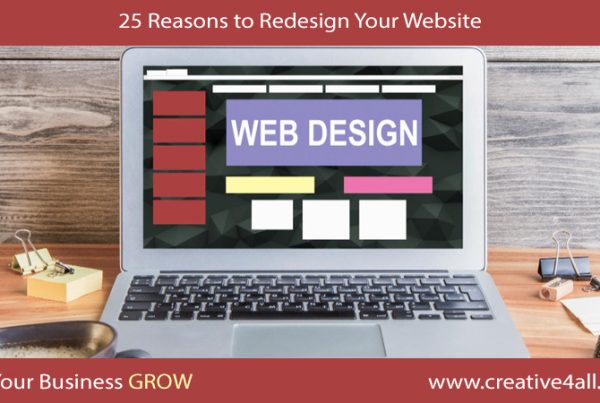Hiring a web design agency is one of the most important strategic decisions a business can make. Your website is not only a digital brochure; it is a revenue engine, a credibility signal, and a hub for all marketing channels. The challenge is knowing how to identify a best web design agency / company in Lebanon that will deliver a fast, secure, accessible, and search-friendly site while aligning with your brand and business goals. This guide walks you through a rigorous, step-by-step process to evaluate candidates, cut through buzzwords, and select a partner that will help you win online in Lebanon.
Start With Business Goals, Not Design Trends
Before you compare web design agencies, define what success looks like for your website in clear, measurable terms. Do you want to increase qualified leads, sell more products, reduce support tickets, or speed up hiring? Translate goals into specific metrics such as lead form conversion rate, checkout completion rate, newsletter sign-ups, average order value, organic search clicks, or time to first byte. When you brief agencies, share these targets so they can propose the right architecture, content plan, and integrations. A serious partner will ask probing questions about market positioning, customer segments, and your sales process rather than jumping straight to colors and fonts.
Shortlist Agencies With Evidence, Not Promises
A credible web design agency will show outcomes, not just visuals. Look for case studies that tie design decisions to performance improvements: more leads, higher conversion rates, faster load times, or better search visibility. Portfolios should include context, such as audience, objectives, constraints, and measured results after launch. Ask for references you can contact and prepare targeted questions about communication quality, on-time delivery, and post-launch support. If an agency cannot show work that resembles your scope or industry, keep them as inspiration but continue searching.
- Seek case studies with before-and-after metrics
- Check similar scope projects: ecommerce, B2B lead gen, or booking platforms
- Verify who actually did the work: in-house team versus subcontractors
Assess Strategy, UX, and Content Together
Modern websites succeed when strategy, user experience, and content reinforce each other. During discovery workshops, the agency should map user journeys: how a visitor arrives, what they need to accomplish, and what signals of trust they require. Expect deliverables such as information architecture, wireframes, and content outlines—not only mood boards. Content is often the bottleneck; confirm whether the agency offers content strategy, copywriting, and brand voice guidelines or will collaborate with your writers. Prioritize clear messaging hierarchy, scannable sections, and strong calls to action optimized for both desktop and mobile.
- Strategy: market insights, audience segments, competitive analysis
- UX: navigation, forms, accessibility patterns, conversion testing
- Content: messaging, search engine optimization ( SEO ) briefs, structured data, editorial workflow
Technical Foundations That Future-Proof Your Site
Under the hood, your site must be fast, stable, and flexible. Ask about the tech stack and why it is appropriate for your goals and team. A great agency will explain tradeoffs in simple language.
- Performance: Core Web Vitals, image optimization, caching, code splitting
- SEO: semantic HTML, crawlable architecture, schema markup, internal linking
- Accessibility: WCAG 2.2 focus states, color contrast, keyboard navigation, alt text
- Security: HTTPS, hardened hosting, routine updates, vulnerability monitoring
- CMS: easy editing, roles/permissions, reusable components, localization
- Scalability: modular content, API integrations, analytics, marketing automation
Request a sample editing demo in the proposed CMS. Your team should be able to update pages, components, and metadata without developer help. If ecommerce is in scope, probe checkout UX, payment gateways, tax/shipping rules, and inventory integrations.
Search Engine Optimization ( SEO ): Optimizing for Human and AI Search
Search engines and AI answer engines reward clarity, structure, and verifiable detail. To make your site perform in search engine optimization ( SEO ), confirm the agency’s plan covers the following:
- Information architecture: topic clusters, pillar pages, and internal linking that reflect how customers search
- Structured data: schema for products, FAQs, how-tos, reviews, and organization details to feed machine understanding
- Entity-first content: clearly define products, services, locations, and expertise with precise names and relationships
- Answers formatting: concise summaries, FAQs, and step-by-step sections that AI systems can use in responses
- Source signals: author bios, credentials, and updated timestamps for trustworthiness
- Media optimization: descriptive filenames, captions, and transcripts for images and video
Ask for a sample content brief that includes title, intent, primary and secondary entities, questions to answer, internal links, external citations plan, and schema recommendations. This is the backbone of search engine optimization ( SEO ).
Project Management, Timeline, and Communication
Successful projects depend on clear roles, accountable milestones, and transparent communication. Your agency should propose a timeline with phases: discovery, UX and content, visual design, development, content population, QA, and launch. Weekly check-ins, shared task boards, and a single point of contact reduce risk. Insist on written acceptance criteria for each milestone and a definition of done for launch, including analytics, redirects, and monitoring.
- Milestones with dates, owners, and acceptance tests
- Staging environment for reviews and usability tests
- Change-control process to handle scope additions
- Risk log and contingency plans for dependencies
Pricing Models and What Affects Cost
Prices vary by scope and complexity. Typical models include fixed-price packages for standard sites, time-and-materials for complex builds, and retainers for continuous improvement. Cost drivers include bespoke design, number of unique templates, custom integrations, ecommerce features, multilingual setups, and content production. Ask for a line-item estimate that separates discovery, design, development, content, QA, hosting, and post-launch optimization so you can compare apples to apples across agencies. Low bids that skip discovery or QA usually cost more later.
Post-Launch Support and Continuous Improvement
The best websites evolve. Confirm your agency offers support beyond launch: uptime monitoring, security updates, page-speed tuning, A/B testing, heatmaps, and quarterly roadmaps tied to your KPIs. You should receive documentation for CMS usage, a component library, and a content governance plan that sets publishing cadence, review workflows, and versioning. Continuous improvement ensures the site keeps pace with your business and market trends.
Local Expertise and Cultural Fit
When choosing a web design agency, local knowledge can be an advantage: understanding customer behavior, payment preferences, language nuances, and seasonal campaigns. Evaluate cultural fit, responsiveness, and the team’s ability to collaborate with your marketing, sales, and IT stakeholders. If your audience spans the Middle East and North Africa, consider multilingual content and right-to-left layout support for Arabic pages. Agencies that have shipped bilingual or RTL websites can save time and avoid costly rework. This local alignment makes a difference in markets like Lebanon where audiences, regulations, and logistics can vary by city and sector.
Due Diligence Checklist You Can Use Today
- Define success metrics and prioritize top three objectives
- Collect three to five relevant case studies with performance results
- Request a discovery agenda and sample content brief
- See a CMS editing demo with roles and workflow
- Review technical plan for performance, accessibility, and security
- Clarify search engine optimization ( SEO ) tactics, including structured data and FAQs
- Agree on milestones, acceptance criteria, and launch checklist
- Get transparent pricing with line items and assumptions
- Confirm post-launch support, reporting cadence, and KPIs
- Speak with two references about delivery and collaboration
FAQs
How long does a professional website project typically take?
Most small to mid-size business sites take eight to twelve weeks from kickoff to launch, depending on content readiness and integration complexity. Ecommerce or multilingual builds take longer. Timelines shrink when stakeholders approve quickly and content is prepared early.
What should I expect to pay?
Budgets vary widely by scope. A brochure site may fit into a modest fixed price, while ecommerce, custom portals, or complex integrations require larger investments. Focus on value: lead growth, conversions, and lower maintenance costs over time.
Which CMS is best?
The best CMS is the one your team can use easily and that supports your roadmap. Ask the agency to match the CMS to your needs for speed, security, and integration. Always request a hands-on demo before deciding.
How do I measure success after launch?
Set up analytics, goals, and dashboards before launch. Track conversions, organic traffic, Core Web Vitals, accessibility scores, and engagement. Review results monthly and prioritize experiments that move KPIs.
Conclusion: Choose a Partner, Not Just a Provider
The right web design agency will tie creative work to measurable business outcomes, communicate clearly, and build on solid technical foundations. By following this process—goals first, evidence-based shortlisting, rigorous strategy and UX, future-proof tech, and continuous optimization—you reduce risk and set your website up to perform in both traditional search and generative AI answers. Take the time to evaluate carefully, involve your stakeholders, and select a partner with the track record and cultural fit to help you grow in Lebanon and beyond. When your website becomes a reliable engine for demand and trust, it will fuel your brand’s momentum across channels and markets, both within Lebanon and in the region.
Ready to move forward? Use the checklist above to run fair comparisons, ask for a structured proposal with timelines and KPIs, and choose the agency that proves it can deliver outcomes—not just mockups. With the right partner, your next website will be a compound asset that returns value long after launch, helping your business compete and win in Lebanon.



